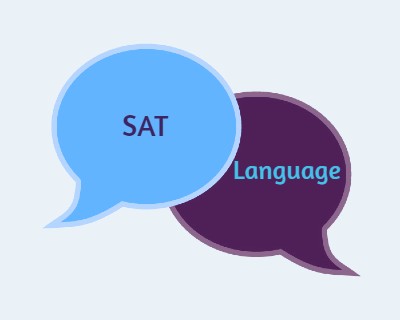
What’s the fastest way to learn Spanish?
You can learn Spanish language if parrots can!
Learning a new language can seem time-consuming. Most courses require years of study and practice to master. There are various methods for learning Spanish quickly. Learning a new language may appear challenging at first, but it becomes less confusing and easier over time. One can pick up the basics and move on to more advance levels. Certainly, it will take a while before you master it.
The methods we will use here, however, can help us learn quickly and easily. It will teach you the key areas to focus on to improve the language more effectively. We will show you a variety of strategies for learning Spanish effectively. There are numerous resources available to help us learn the language in our daily lives. To ensure that you continue to improve, challenge yourself and apply what you have learned.
Come sit back and relax as we look at the simplest and easiest ways to learn Spanish.
Fastest way to learn the Spanish language
Modern life is so fast-paced that no one has time to learn traditional methods. Therefore, when it comes to learning a new language, you want to do so in the most effective way. Fortunately, there are faster ways to learn the language. Selecting the appropriate study method will help you learn the language faster.
Here are seven tricks and tips to help learn Spanish fast!
1. Learning and Building New Vocabulary
You can learn new vocabulary quickly and easily. It has been proven that only 250-750 words in Spanish to have a conversation. If you truly want to expand your vocabulary, consider your schedule and come up with a reasonable number of words that you can acquire each week. Learning the most commonly used terms by native Spanish speakers will offer you an advantage. That way you will be learning words you’ll actually use.

Thankfully, the internet is a gold mine of pre-made lists that will save you a lot of time. Make your own list and you are good to go!
2. Learn from a Professional Spanish Tutor

Learning Spanish at home is the most effective and convenient method. Look for a tutor who can give you an edge in the classroom. It could be a family member or a professional educator. The wonderful thing about online classes is that they offer the best learning resources and guidance. To provide you with the greatest private lessons, a skilled teacher will focus his attention on you. Because the tutor is so knowledgeable about the vocabulary, you will have no trouble learning.
3. Taking an Online Self-Study Course

There are plenty of online courses today to learn a language. Pick a course and start self-learning. Make sure it involves your own hand-writing to get a better grip of the language. The more consistent you are, the better results you get. Occasionally, review your diary and ponder over the mistakes you made. The mistakes you make do not matter; what matters is how well you progress. You’ll need to understand the language, sentences, and vocabulary. You will be surprised at how much difference it can make!
4. Read as much as you can

A lot of reading is another way to improve your Spanish. As you learn new words, you will become more proficient over time. Starting with something simple would be a good idea. Something with which you can identify. Bridget Jones would make an excellent first read. It shows how to construct sentences and words. As a result, you get a better understanding of the language.
5. Use the language in Phone Settings

When learning a new language, some of us prefer to use actual books to understand. But the trend to learn on a laptop or smartphone is growing increasingly popular each year. This should come as no surprise. Learning online or through applications is easy, inexpensive, and a lot of fun. Many cell phones include multiple language options that you can select in the Settings section. Changing the language settings on your phone is a terrific approach to enhance your skills rapidly. That way you’ll have no choice but to practice when you use it. Overall, you probably tend to use your phone a lot every day.
6. Don’t fret over the Grammar

Many learn the Spanish language over other languages hearing that the grammar is relatively simpler. Spanish grammar is identical to English grammar in many ways. Like any new language, the Spanish language also has some rules. While these rules aren’t exactly difficult, they do require patience and practice. Some aspects of Spanish grammar are difficult for some while easy for many. Much of what you find simple depends on the languages you already know and how close they are to Spanish. Also, keep in mind that everyone learns differently.
7. Make Spanish a part of your Life-style

Try to converse in Spanish as much as possible. Make Spanish your main language during the day. This will also serve as a reminder to your brain that you are constantly learning this language. Don’t underestimate the power of daily practice in learning Spanish. Although it seems absurd, the trick is to keep talking while doing ordinary tasks. Take a few minutes a day, and you’ll find you can do it without even realizing it. Eventually, it will become a part of your lifestyle.
Take-away
As you can see, learning Spanish quickly necessitates some effort. Also remember that any new language requires dedication. However, it is feasible. If English is your primary language, learning any new language takes time. The reason being that English basic grammar is similar and much easier. Learning new rules can be difficult at first. The key is to keep focused on the big-picture approaches that will help you learn and speak the language.
Never give up!





























